Mars News & Features

Why is Methane Seeping on Mars? NASA Scientists Have New Ideas
The most surprising revelation from NASA’s Curiosity Mars Rover — that methane is seeping from the surface of Gale Crater — has scientists scratching their heads. Living creatures produce most of the methane on Earth. But scientists haven’t found convincing…

NASA’s Ingenuity Mars Helicopter Team Says Goodbye … for Now
The final downlink shift by the Ingenuity team was a time to reflect on a highly successful mission — and to prepare the first aircraft on another world for its new role. Engineers working on NASA’s Ingenuity Mars Helicopter assembled…
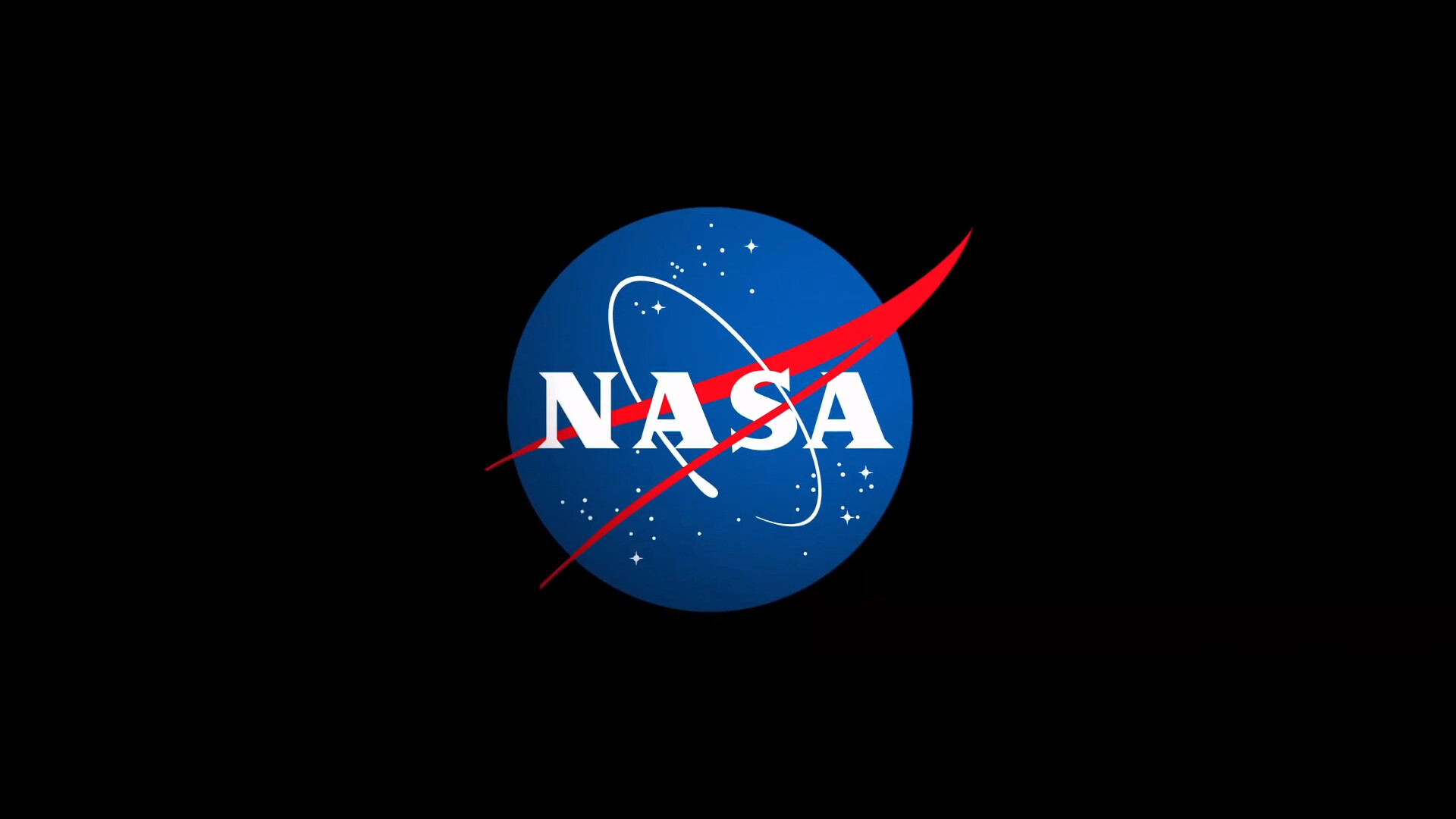
NASA Sets Path to Return Mars Samples, Seeks Innovative Designs
NASA Administrator Bill Nelson shared on Monday the agency’s path forward on the Mars Sample Return program, including seeking innovative designs to return valuable samples from Mars to Earth. Such samples will not only help us understand the formation and…
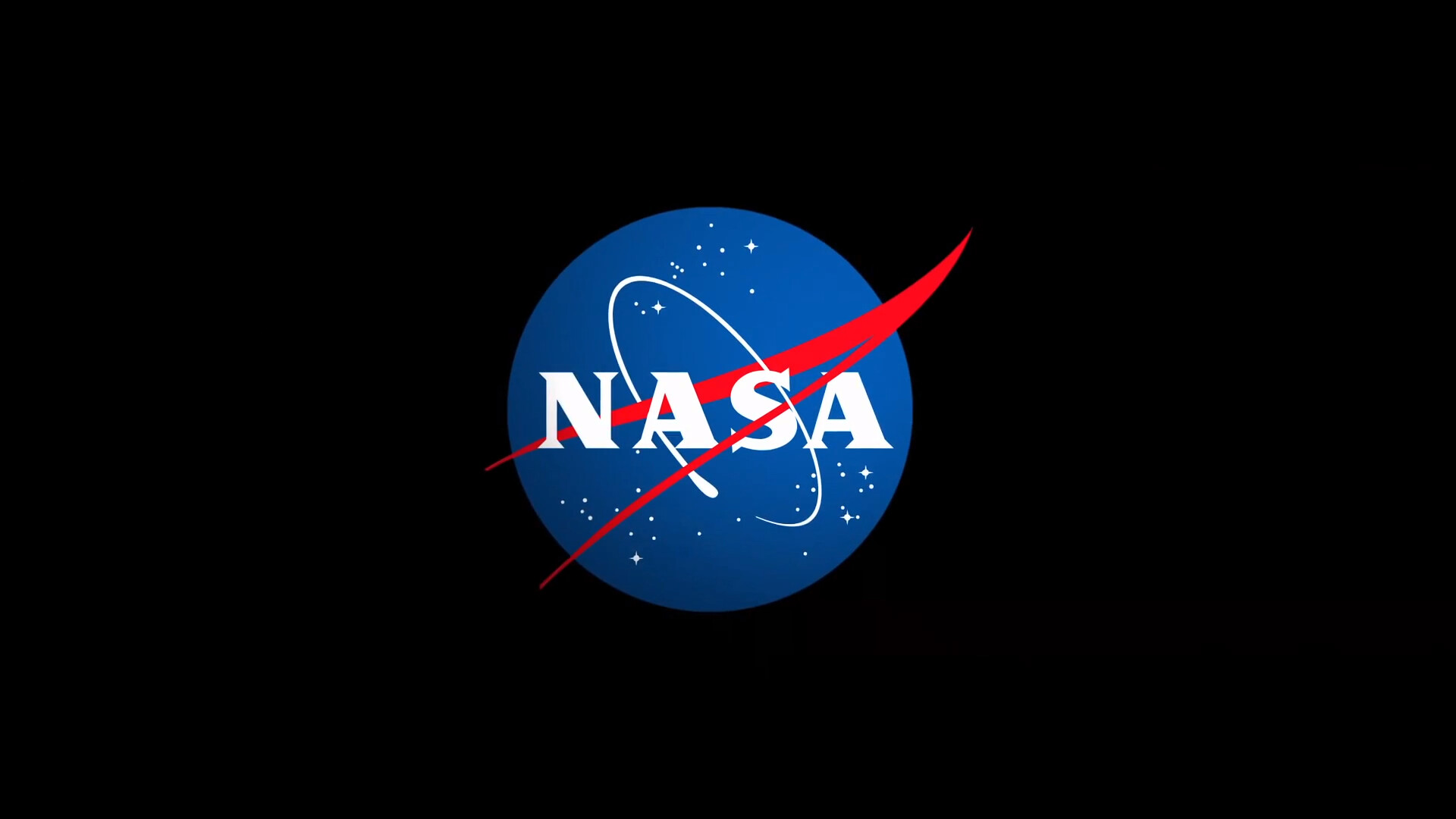
NASA Invites Media to Mars Sample Return Update
NASA will host a media teleconference at 1 p.m. EDT, Monday, April 15, to discuss the agency’s response to a Mars Sample Return Independent Review Board report from September 2023, including next steps for the program. The teleconference will livestream…
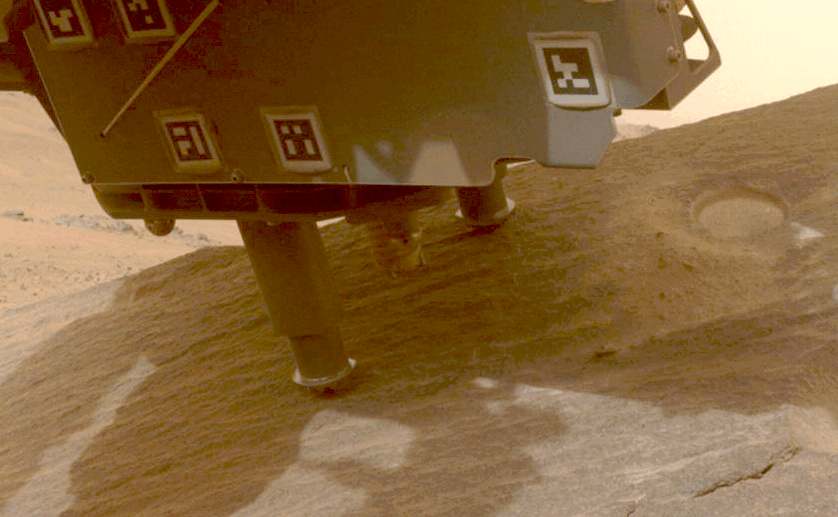
Rock Sampled by NASA’s Perseverance Embodies Why Rover Came to Mars
The 24th sample taken by the six-wheeled scientist offers new clues about Jezero Crater and the lake it may have once held. Analysis by instruments aboard NASA’s Perseverance Mars rover indicate that the latest rock core taken by the rover…
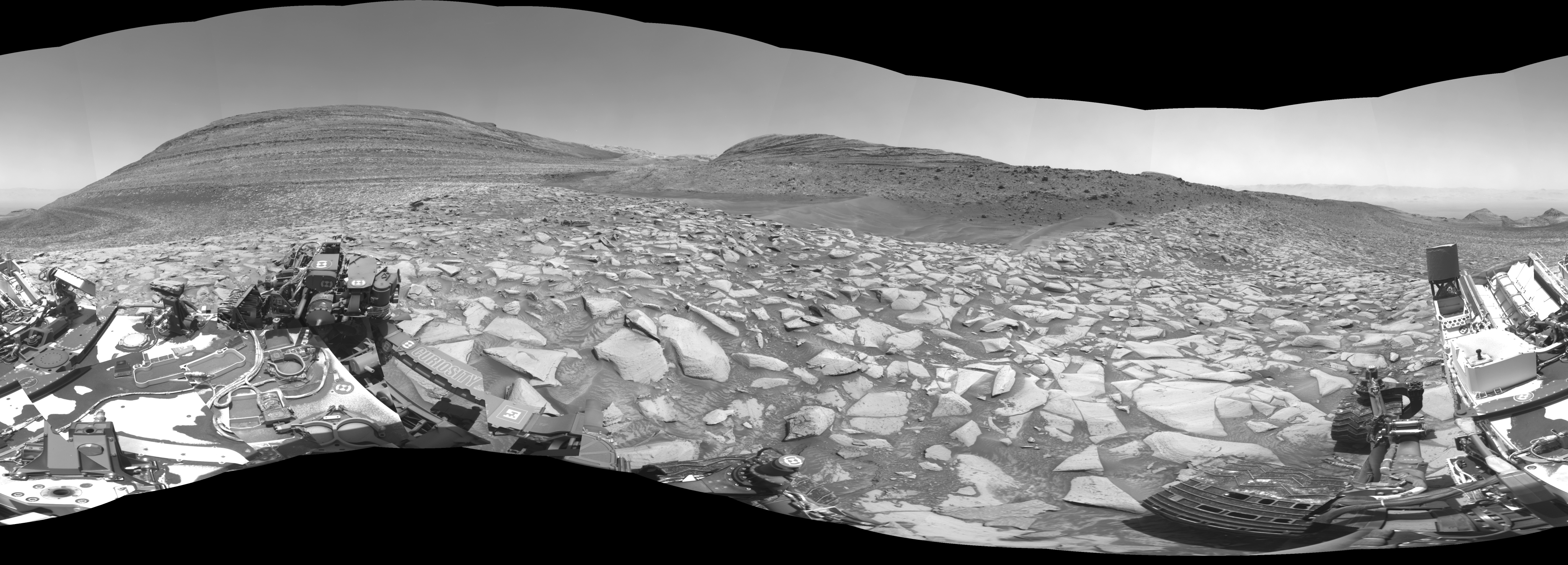
NASA’s Curiosity Searches for New Clues About Mars’ Ancient Water
The rover has arrived at an area that may show evidence liquid water flowed on this part of Mars for much longer than previously thought. NASA’s Curiosity rover has begun exploring a new region of Mars, one that could reveal…
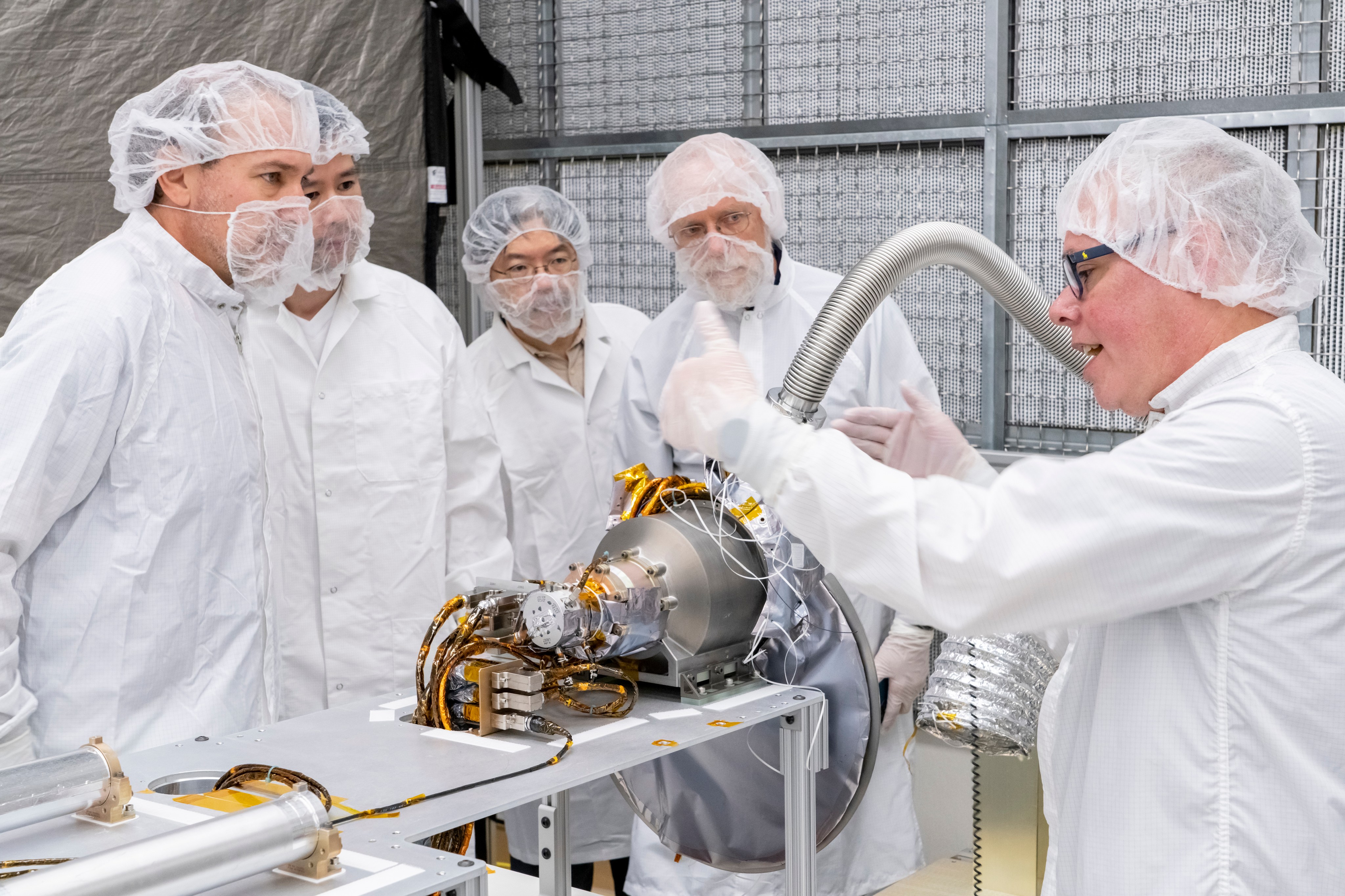
NASA Delivers Science Instrument to JAXA’s Martian Moons Mission
On March 14, NASA delivered its gamma-ray and neutron spectrometer instrument to JAXA (Japan Aerospace Exploration Agency) for integration onto JAXA’s MMX (Martian Moons eXploration) mission spacecraft and final system-level testing. NASA’s Mars-moon Exploration with Gamma Ray and Neutrons (MEGANE)…
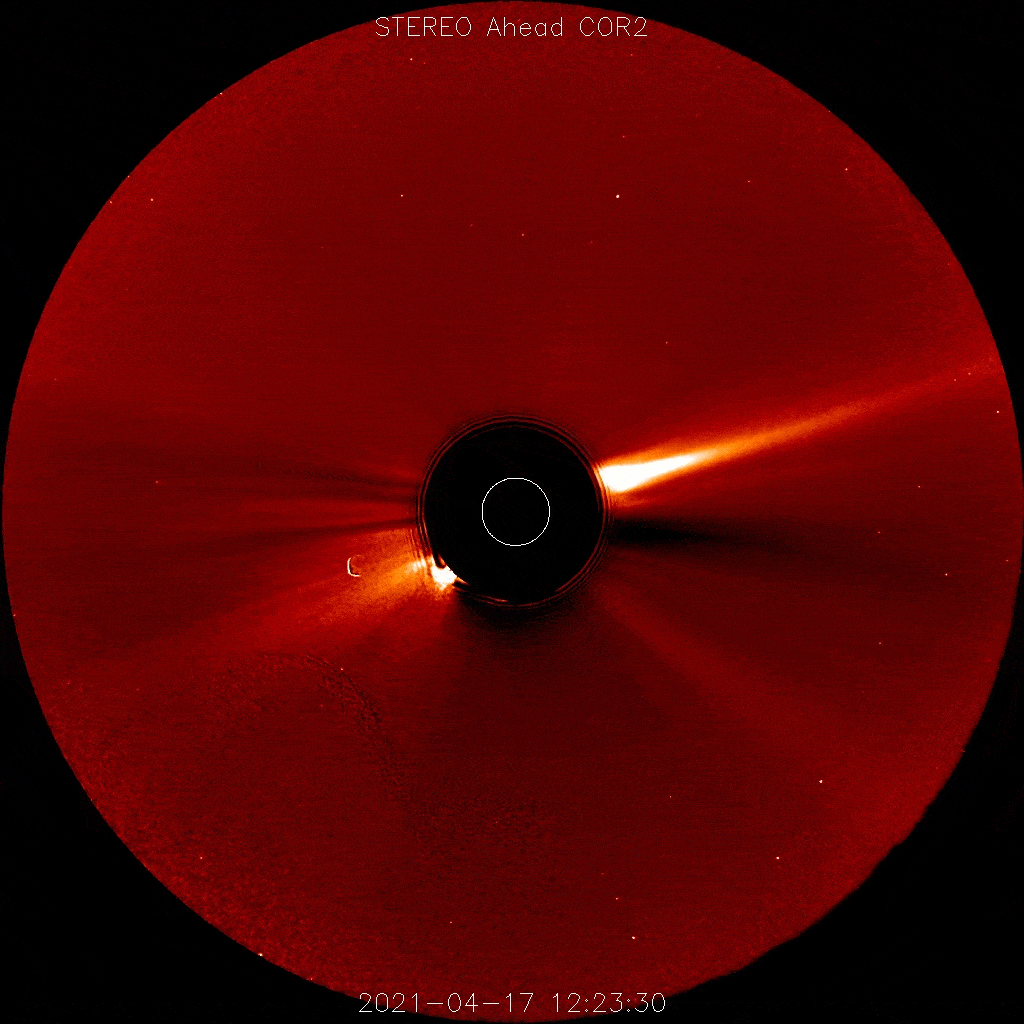
Multiple Spacecraft Tell the Story of One Giant Solar Storm
April 17, 2021, was a day like any other day on the Sun, until a brilliant flash erupted and an enormous cloud of solar material billowed away from our star. Such outbursts from the Sun are not unusual, but this…
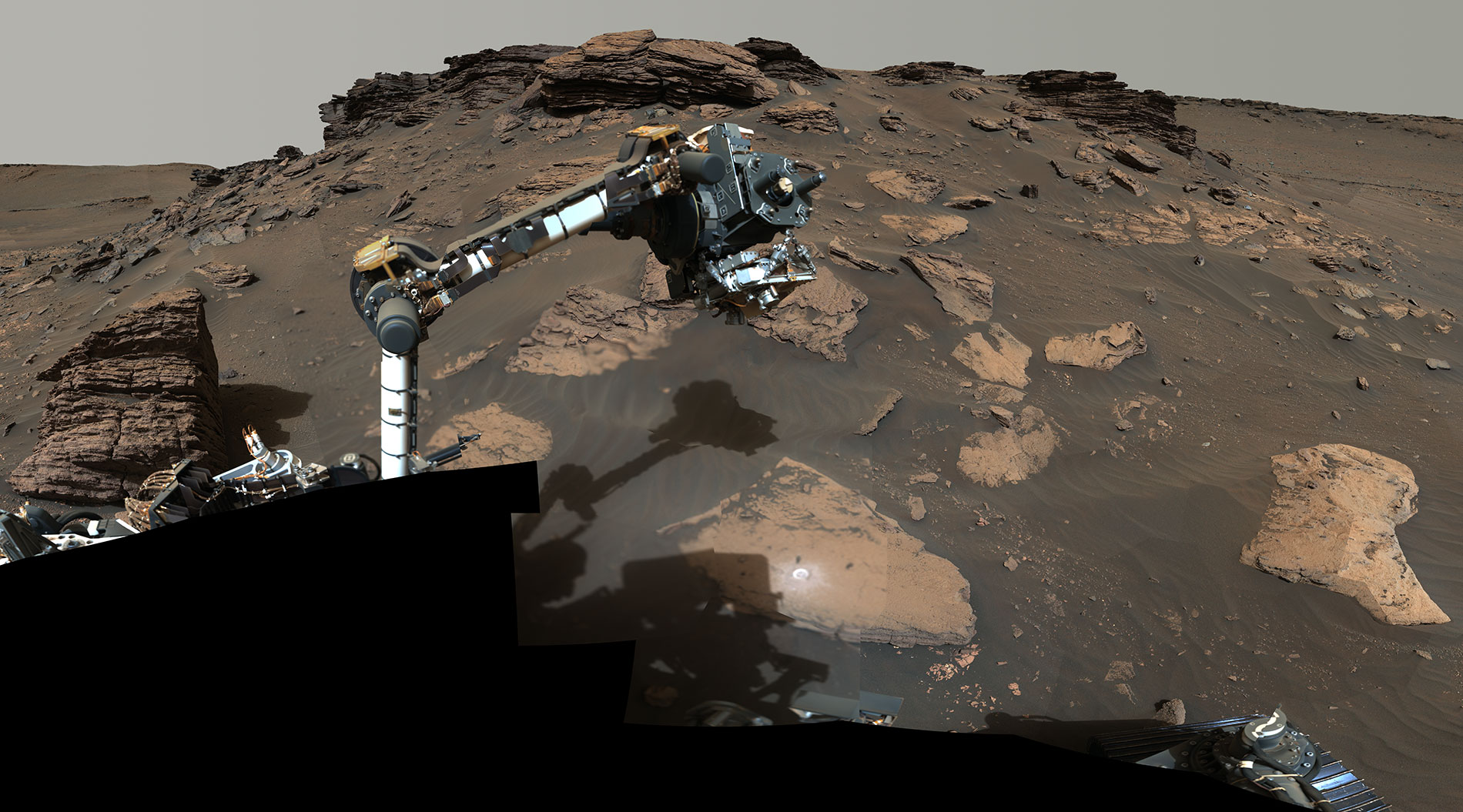
Team Assessing SHERLOC Instrument on NASA’s Perseverance Rover
UPDATE, Mar. 5, 2024: Engineers for NASA’s Perseverance Mars rover have made progress addressing the issue affecting the SHERLOC instrument’s Autofocus Context Imager (ACI), but at present the instrument’s Raman spectroscopic capability remains offline. To better understand the issue with the…

After Three Years on Mars, NASA’s Ingenuity Helicopter Mission Ends
NASA’s history-making Ingenuity Mars Helicopter has ended its mission at the Red Planet after surpassing expectations and making dozens more flights than planned. While the helicopter remains upright and in communication with ground controllers, imagery of its Jan. 18 flight…
